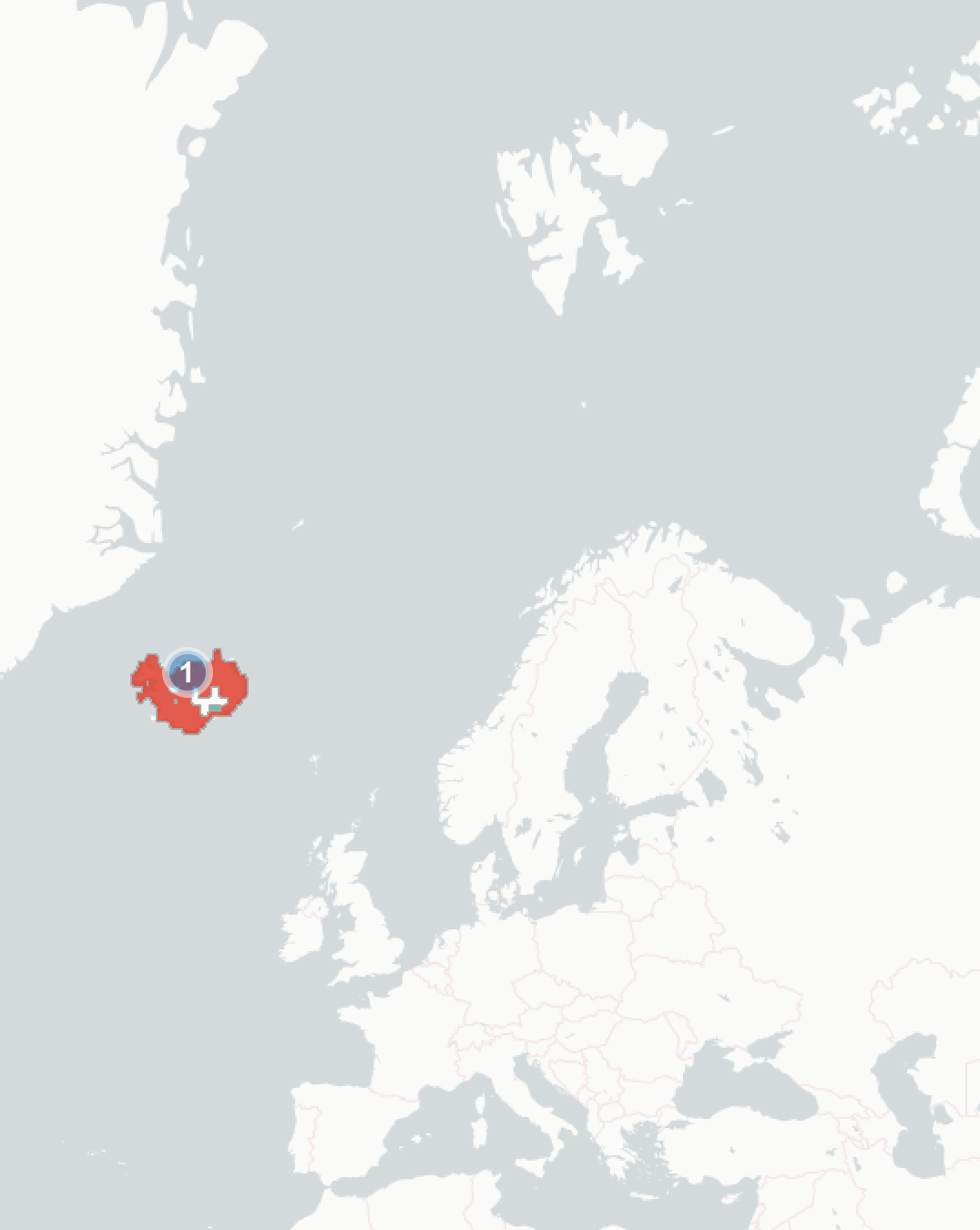Harlequin Duck (Histrionicus histrionicus): vulnerability to climate change
Evidence for exposure
Potential changes in breeding habitat suitability:
-
Current breeding area that is likely to become less suitable (95% of current range)
-
Current breeding area that is likely to remain suitable (2%)
-
Current breeding area that is likely to become more suitable (4%)
Current impacts to Harlequin Ducks attributed to climate change:
-
Neutral Impact: Population has redistributed, with some populations growing and others shrinking, most likely due to shifts in prey species caused by climate change
Predicted changes in key prey species:
No key prey assessment was carried out for this species.
Sensitivity
-
Harlequin ducks are sensitive to stream flow and variability during the breeding season, changes in freshwater flow can disrupt foraging and wash away nests. In parts of its range where temperature and precipitation patterns are likely to change, impacts could be significant.
-
Harlequin ducks heavily rely on specific mollusc communities (e.g. Mytilus sp.), especially during the non-breeding season. Many marine mollusc species are known to be sensitive to climate change, and warmer conditions are likely to result in reduction of key prey species.
-
Harlequin ducks tend to winter in large groups in relatively small areas, so are vulnerable to mass mortality through extreme events. Even localised climate change impacts may have large consequences on the population as a whole.
Adaptive capacity
-
Fidelity to moulting and wintering locations is very high, less high to breeding sites. This makes the species vulnerable to changes in wintering sites, in particular to oil spills and other forms of pollution
-
The species changes breeding sites readily, as determined by local conditions. Redistributing in response to climate change could potentially buffer negative impacts
